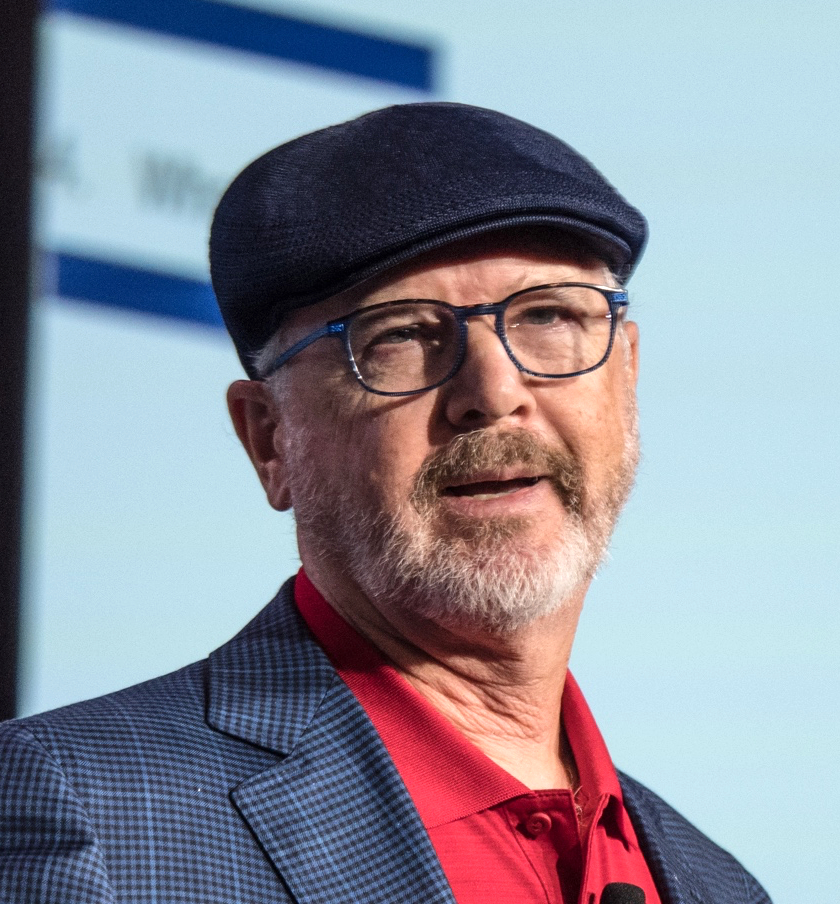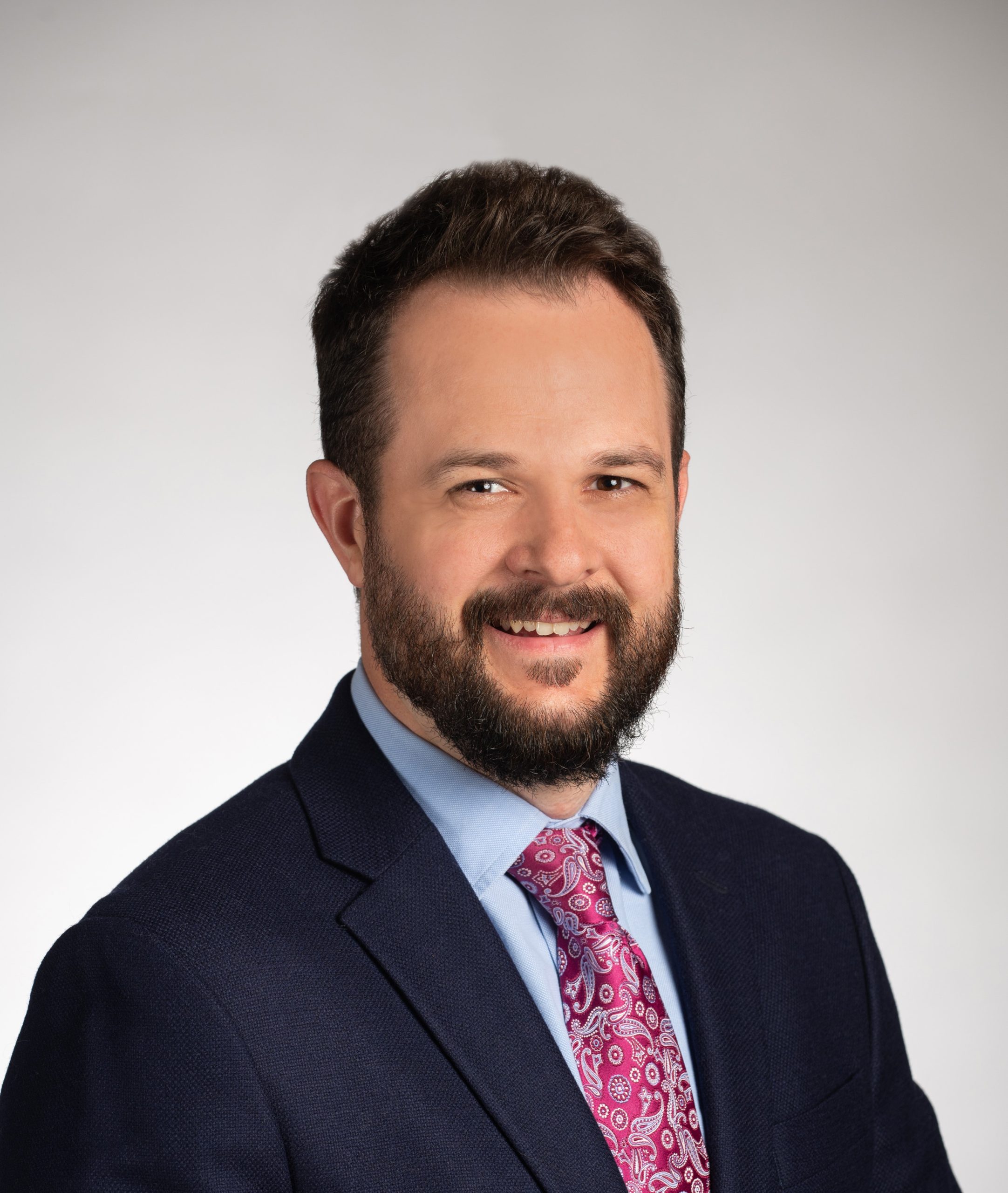Final Thoughts

Final Thoughts
Written by John Packard
July 19, 2022
In my last Final Thoughts article, I began to answer a question posed to me regarding what I felt were the most important lessons I have learned over the course of my 45-year career in the steel industry. I wrote about honesty as being the simple answer and many of you have contacted me to agree with that insight.
I then went on to tell the story of the relationship I had with one of the owners of a company who purchased steel from me early in my career, and how that relationship taught me a very important lesson. The lesson learned was how to deal with the difficulties associated with the education of a customer, especially when that education causes the customer to be perceived as having done something foolish or embarrassing. Relationships are important. But in the end, it’s all just business – and you can’t lose sight of that.
![]()
I used to tell the story to students in our Steel 101 Workshops about having discovered a customer was being taken advantage of by another supplier and how I handled the situation. At the end of the story, I asked the question: How do you tell your customer that he/she is stupid? What I didn’t say in last Sunday’s article is: I would end the session by telling students that if I ever write a book about my sales career the title would be, “The Salesman Is Not Your Friend, the Purchasing Agent Is Not Your Buddy.”
Lesson Learned #2 – Opportunity is Not an Individual Sport
As I look back over the 45 years, there was a fair number of fortuitous events in my life which put me in the right place at the right time. Once in the right place, I made the most of the opportunities presented to me. I found mentors and always tried to learn more about how to improve my limited skills, and to better communicate with my customers and those around me (this was always a work in progress). I got fired at the right time (even if for the wrong reasons), and never burned a bridge behind me.
From my perspective, I was a mediocre sales guy who, for many years, had a good team around him, and I was driven to succeed even when the path to success was full of brambles and pitfalls.
For some odd reason I was able to recognize opportunities and market niches that weren’t clear to others, or that were too complicated for the competition to solve. This is something I have been blessed with throughout much of my active selling career and then transitioned my talent for sensing missing needs into the development and growth of Steel Market Update.
Here is one example: In the mid-1980s, I was working at Pacesetter Steel. Pacesetter was transitioning from being primarily a HVAC-driven company into having a much larger role in the OEM segment of the industry. Through sheer luck (a fortuitous event) I managed to acquire the rights to sell Carrier Corp. across most of the country.
One day I received a call from a Carrier plant in Brazil. The young man on the phone told me they were in immediate need of a few thousand tons of prime galvanized steel. Much of it needed to be AKDQ (now referred to as DDS, or deep drawing quality), extra smooth, non-chemically treated, for a post-paint application. At that point, I was unaware of Pacesetter having ever sold a ton of steel outside of North America.
The next day I received a call from Carrier’s corporate headquarters in Syracuse, New York. The corporate head of purchasing was calling me to inquire why I had not responded to their purchasing agent in Brazil?
Now in the mid-80s there was not much in the way of exports of prime flatrolled from the US to South America. Brazil was especially tough as the government there had restrictions on the importation of steel (as in basically none being allowed). Their steel industry was protected.
However, there was a dispute at one of the main steel mills that resulted in workers being injured by government troops and the plant was damaged by the workers which impacted the ability of that mill to supply prime galvanized to their local customers.
If my memory is correct, Carrier gave me just a few days to solve their problem. I knew we weren’t the only ones working on getting them steel, but for some reason I had confidence we could do it. First, we had some steel on our plant floors that met the specifications. What we didn’t have on the floor, we had orders with domestic steel producers that I thought we might be able to change. I spoke with Steve Leebow (Pacesetter’s owner) about the opportunity and, although he was somewhat skeptical, he felt his relationships with the steel mills were strong enough for him to get the orders changed to what was needed. First, we needed to get the orders.
You see, we not only had to get the steel produced, we had to find a ship to carry it to Brazil, we had to find a way to get the steel packaged for ocean travel, get credit approval, and we had to coordinate the entire order so that it was on the dock at a specific port, with all the correct documentation, in time to make the vessel. Pacesetter had never done anything like this before.
It is here that I must credit one of the best friends I have ever had in the steel industry, and someone I learned to love to travel with – Keith Hanzi. Keith was the head of technical services at Pacesetter. Keith was able to locate a mothballed packaging line in Baltimore, Md. We needed to get the coils wrapped in metal containers for the trip. He was able to convince the company who owned the line to start it up for us and to begin packaging the coils we were to ship to them within a few days’ time. Rather fortuitous, if I don’t say so myself.
Next, we had to find a ship. With a little research we learned of a company called AMTRANS, which was an American flag carrier that brought shoes from Brazil to the US. Most of the containers were going back to Brazil empty, and they were going to the right port in the very southern portion of Brazil close to the Uruguay border. AMTRANS was very happy to have Pacesetter as a customer.
I worked closely with Steve Leebow who was masterfully able to not only get existing purchase orders changed to the new specifications, but to also get the mill to roll the material within literally days, and then move the material to Baltimore where it could be packaged.
As a company Pacesetter worked as one on this project – the logistics were daunting, we were working with international letters of credit, coordinating with mill sales and production, rerouting delivery points to Baltimore for orders that were originally scheduled to ship to other Pacesetter locations, quality assurance because this was not easy steel to make (unlike today), relying on a third-party to package the steel correctly and timely, and working directly with Carrier in both Brazil and New York as we negotiated pricing and the actual purchase orders.
It worked. We shipped on time. We delivered on time. Carrier got the Brazilian government to allow the material into the country. Keith Hanzi and I got the adventure of our lives as we were able to travel to Brazil to see the customer and our steel in their plant. We made many shipments to Brazil over the next couple of years. I smashed all the sales and profit records at Pacesetter.
The process of making this piece of business happen, and then to continue for many months, gave me insights into how to look at a problem and turn it into an opportunity. It also made me realize that I could be a driven salesman with my own end goals, but also how important it was to work as a member of a team with a company goal, and to recognize everyone within the team for their contribution to the success of the company.
2022 Steel Summit Update
There are now 33 days to go before the start of this year’s SMU Steel Summit Conference. You can learn more about our agenda, the attendees, speakers, and how to register by clicking here.
Last year we had slightly over 1,100 executives who attended the SMU Steel Summit. Of those, approximately 200 were virtual. Registrations this year are slightly ahead of the pace of last year, and all of the attendees will be in Atlanta. We currently have 950 executives registered representing 344 companies.
NexGen Leadership Award nominations are now closed. We had a late burst in nominations, and we are very pleased with both the quality and quantity of the nominees this year.
I hope to see you in Atlanta!
As always, your business is truly appreciated by all of us associated with Steel Market Update.
John Packard, SMU Founder

John Packard
Read more from John PackardLatest in Final Thoughts

Final Thoughts
President Trump’s tariff policies have a lot more in common with a roundabout than you’d think.

Final Thoughts
The difference: The spat with Turkey was a big deal for steel. This time, the 50% reciprocal tariff for Brazil – if it goes into effect as threatened on Aug.1 – hits everything from coffee and to pig iron. It seems almost custom-built to inflict as much pain as possible on Brazil.

Final Thoughts
Are we on the cusp of sorting out the tariff situation, or is this merely another round in the bout?

Final Thoughts
I’m not sure how many different ways I can write that it’s been a quiet market ahead of Independence Day. There are variations on that theme. I’ve heard everything from the ominous “eerily quiet” to "getting better" and even the occasional “blissfully unaware” (because I’m enjoying my vacation).

Final Thoughts
What's going to be the next big thing in steel?
